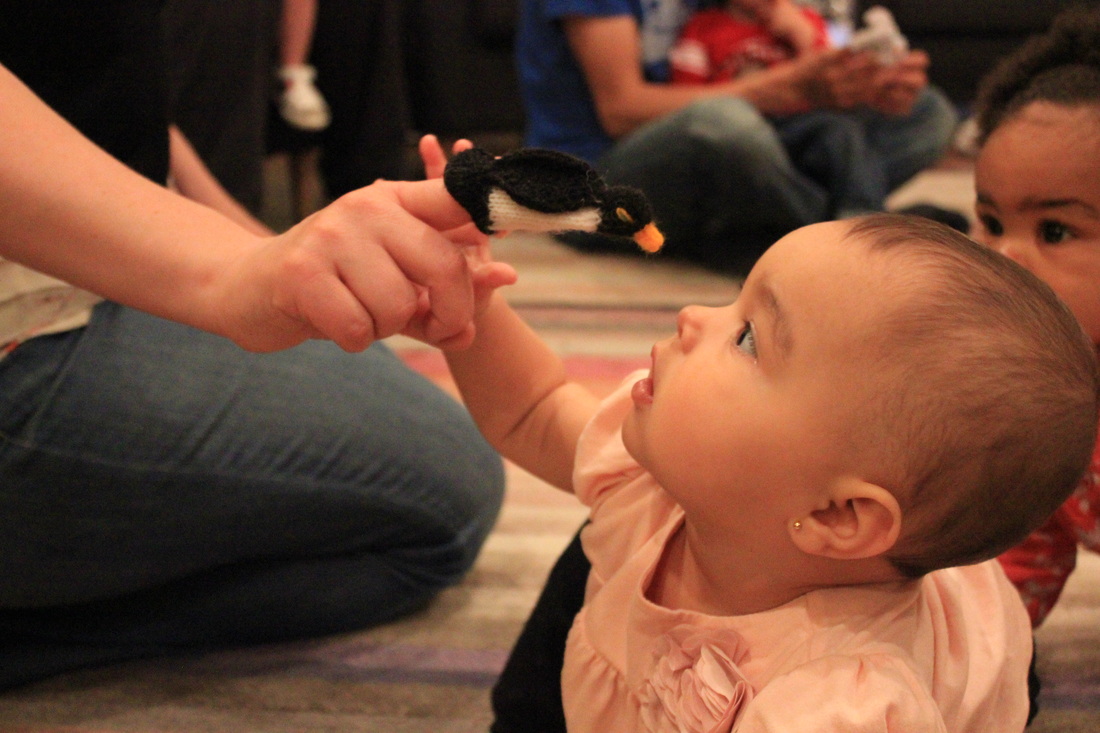|
Did you know that not all roosters say "Cock-a-doodle-doo?" If you ask a German child to imitate a rooster, they will respond with a resounding, "kikeriki!” A Korean child will tell you that they say "Ko-ki-oh," and a French one will say, "Cocorico!" What this tells us, is that human interpretations of animal sounds, the world over, are directly connected to linguistics. When you teach your child to interpret and reproduce animal sounds, you are providing them with a strong foundation of sounds on which to build not only their native tongue, but potentially other languages as well. Animal StoryThis week at Spellbound, we honored animals and the unique sounds they make, with the book Brown Bear, Brown Bear, What Do You See? by Eric Carle and Bill Martin Jr. Now it's your turn to liven up your favorite story with some fun animal sounds! Materials: Storybook Step 1: Find one of your child's favorite storybooks that features animal characters (preferably a large variety of animals) Step 2: Read the book once through to re-familiarized yourself and your child with the story Step 3: The second time through, whenever an animal character appears, ask your child what sound they make. Don't be afraid to help them to make it if they are stumped! Magic ElevatorNow that you've practiced making the sounds, it's time to bring them to life with a little movement.
Materials: An open space 2 chairs Your body Your Imagination Paper(optional) Markers/ crayons/ pencils/ etc. (optional) Step 1: Clear an open space, set up your magic elevator at the edge of it using 2 chairs, and assign an environment to floors 1-5, or as many as you like. ex: Under the sea, jungle, forrest, etc. Step 1.5: Here you may choose to make an elevator sign so that your child knows which environment they are going to. Or feel free to leave it a surprise! Your child can also help you decorate too Step 2: Step into your elevator, making the appropriate sound effects of course, and ask your child to select a number floor to travel to Step 3: When you arrive at your selected floor, you and your become the animals found in each environments. And don't forget about animal sound effects Step 4: Repeat steps 2 and 3 with as many floors/ environments as desired *Post any pictures you take of you and your little one to our Facebook Page, with the hashtag #spellboundanimalsounds
0 Comments
Leave a Reply. |
Authors
Lauren Jost, Director Archives
December 2017
Categories |


 RSS Feed
RSS Feed